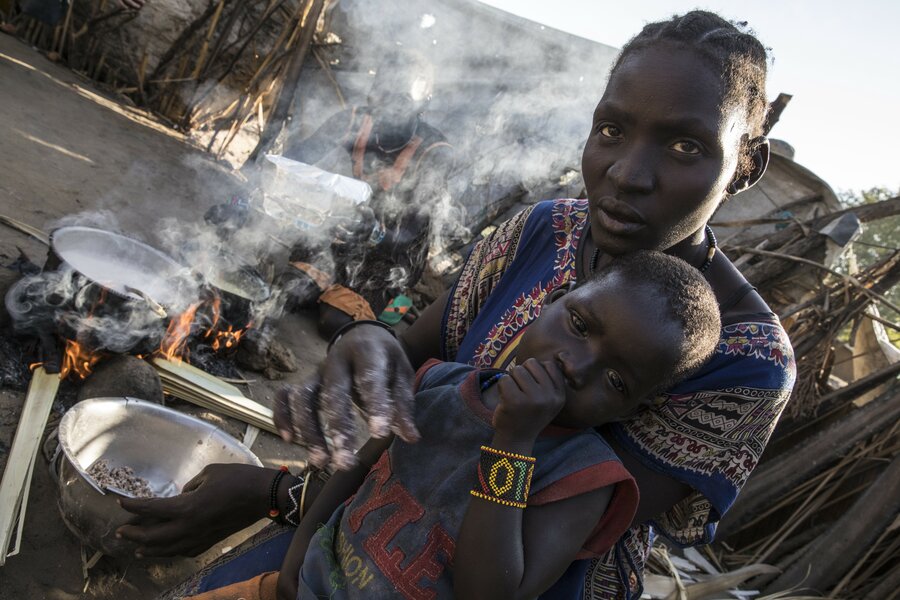Over troubled waters
South Sudan's Al Sudd is the world's largest swamp. It's home to up to 100,000 people who ended up here seeking refuge from fighting. Infested with pythons, crocodiles and malaria-bearing mosquitoes, it's both a sanctuary and an endless miasma of fear, disease and hunger.
Nyal is one of the countless islands in Al Sudd where people have found shelter. During a recent visit, as I lie awake at night waiting for one of the countless deadly varieties of snakes to slither under the flap of my tent, I tried to remind myself that my fears were relatively insignificant compared to those who risked their lives coming there.
Deborah is one of them. She and her five children fled their home near Leer when their village was attacked. They hid in the swamp in dugout canoes for a month, surviving on water lilies and terrified by crocodiles. "What is affecting us most is hunger, it makes mothers sad when they see their hungry children crying," she says.
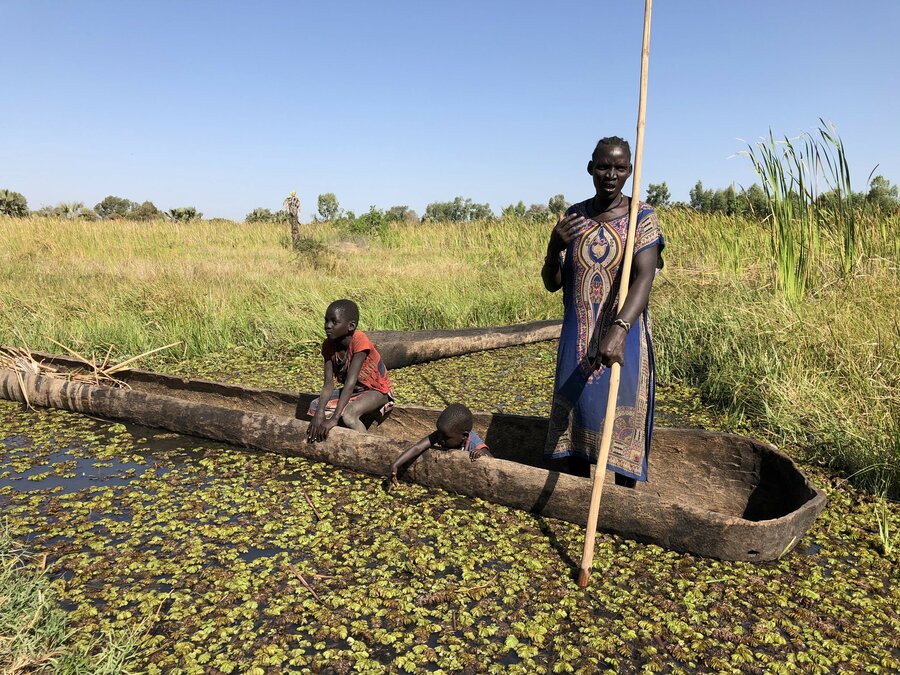
They finally found sanctuary on Nyal. Deborah still braves the swamp to collect firewood which she sells in the market. The fear of being raped or killed is her constant companion when she ventures out.
With two of her children on board, she paddles her canoe out into the swamp and then wades out into the opaque black water — which, in my urban imagination, must surely hide the most hideous creatures imaginable. With a small machete she shows me how she collects the dry palm fronds.
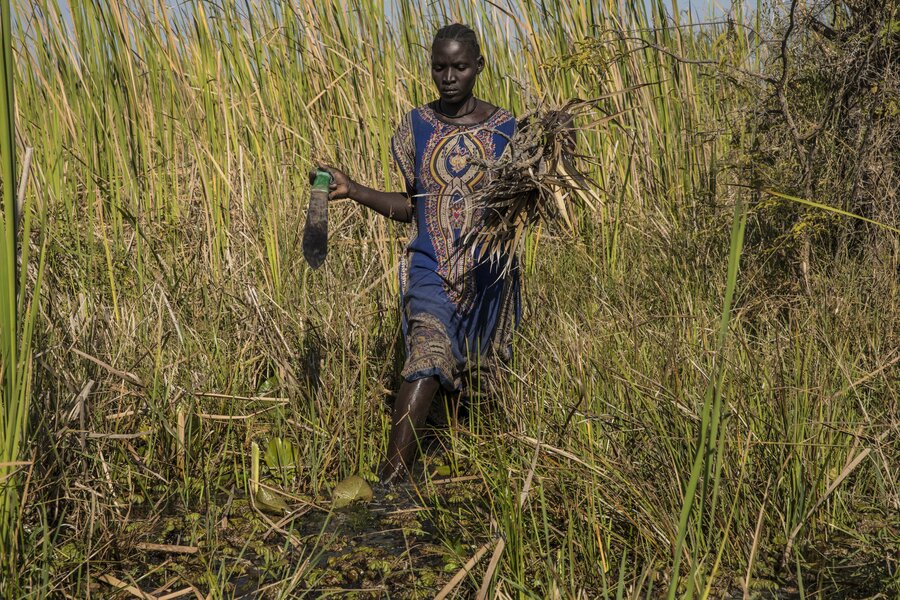
Born Under a Bad Sign
The painfully forged peace deal which resulted in the birth of the world's newest country brought hope to the South Sudanese diaspora that they could return and build a prosperous homeland after almost 40 years of war and more than 2 million deaths.
In 2011, they returned by the thousands to farm and build an economy with oil revenues, only for that hope to be dashed by renewed fighting with Sudan, followed by civil and tribal wars.
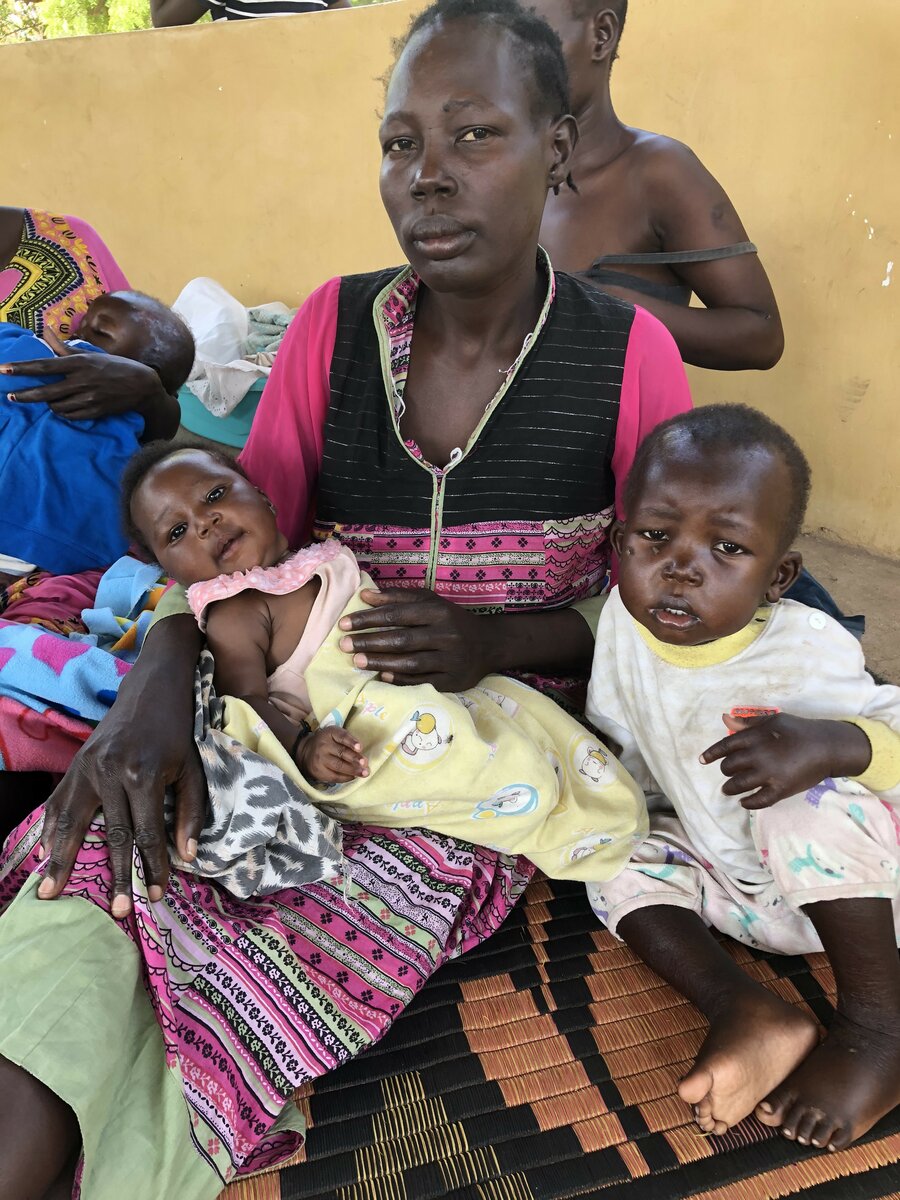
With catastrophic levels of hunger on the rise, the World Food Programme (WFP) needs to provide food to 5.5 million hungry people across the country. But with development stalled by war, there are still less than 400 kilometers of paved road. Getting food to people displaced by fighting is a challenge — even more so when they find themselves isolated in a vast swamp.
Having food pre-positioned in strategic locations before the spring rainy season comes is key — after that, the majority of the unpaved roads will become impassable. However, in the fall of 2019, off-season floods impeded pre-positioning of stocks for the 2020 rainy season and forced thousands to flee. When this happens — or fighting flares up forcing people to abandon areas where food has been pre-positioned — more drastic measures become necessary.
Skyfall
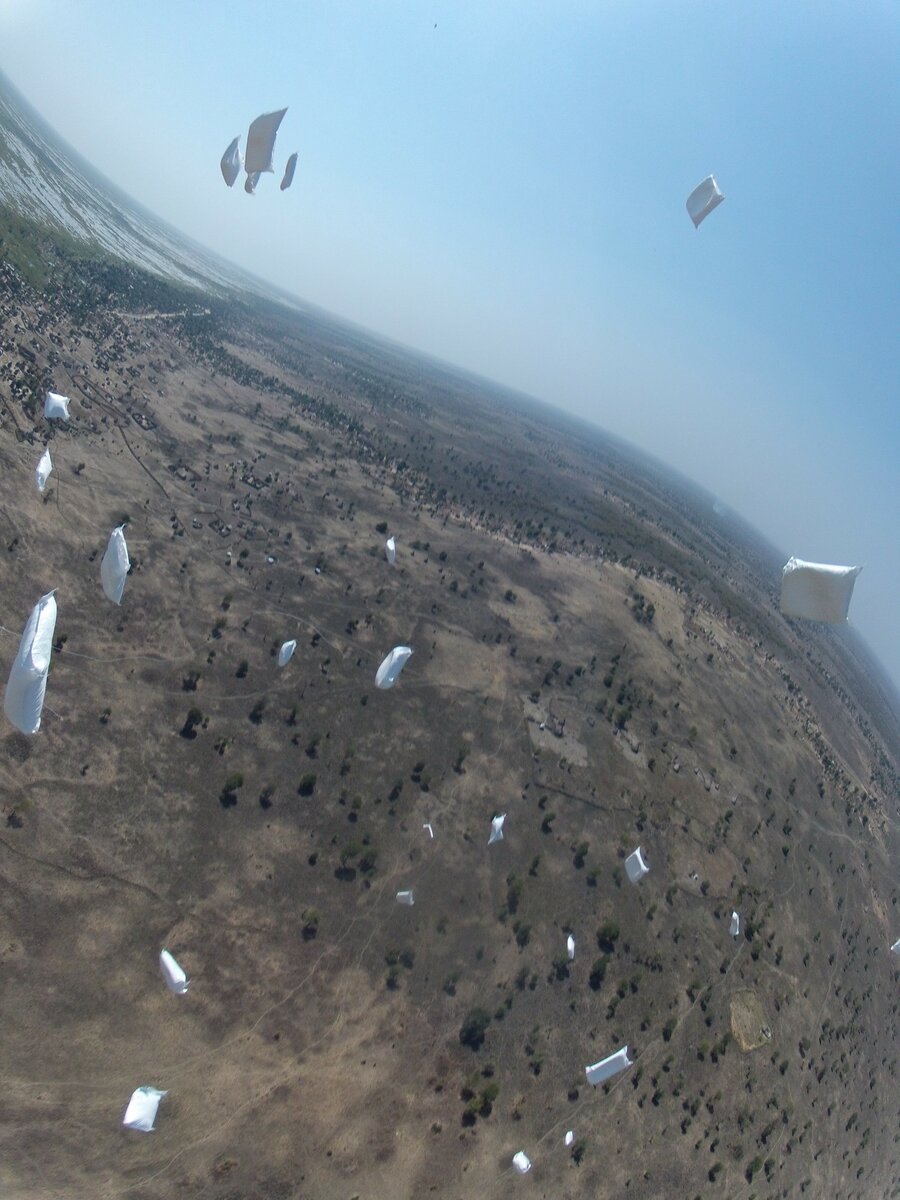
In extreme cases like these, the only solution is to drop food from the air. Airdrops are expensive but in places like South Sudan they can make the difference between life and death.
I go with Deborah to the drop zone to collect food that WFP had dropped the the day before.
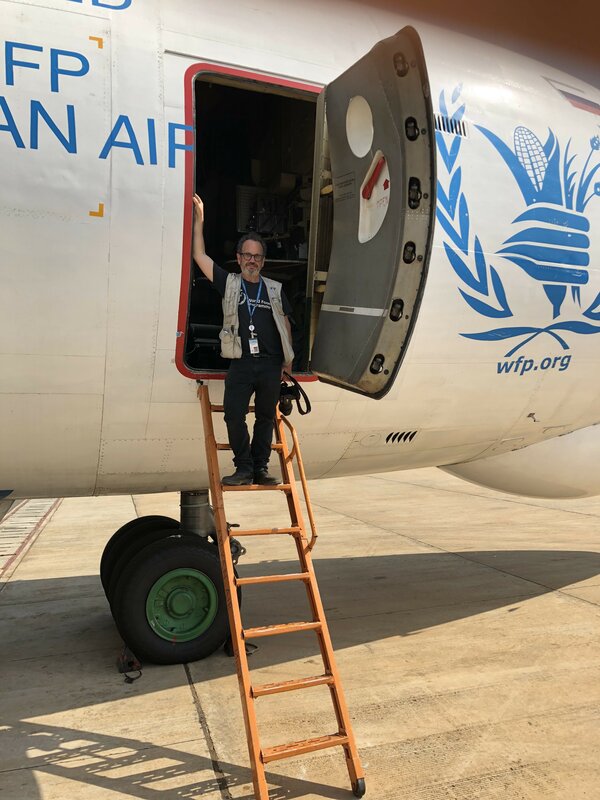
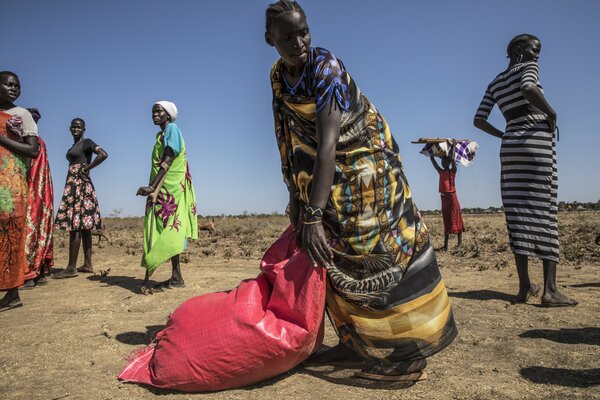
The day before, I was in the belly of the enormous Ilyuishin 76 aircraft that dropped this food — 34 metric tons of maize that will feed 3,000 people for a month. Words can't describe the rush you feel when the cargo doors open in mid-air, the revving of the engines and the sudden dip the aircraft makes before the crew releases the pallets of lifesaving food that fall to earth. But the video below will give you an idea of what happens.
As Deborah collects her ration of maize and cooking oil, the extraordinary lengths that had been undertook to get that food there was not lost on her. "After the airdrops, when we bring the food home, the children are happy because they know they will eat."
Back at her home, Deborah prepares a meal for the family. "If we have peace, our children will be going to school and when they come back, they will find food at home and that will make them happy," she tells me.
